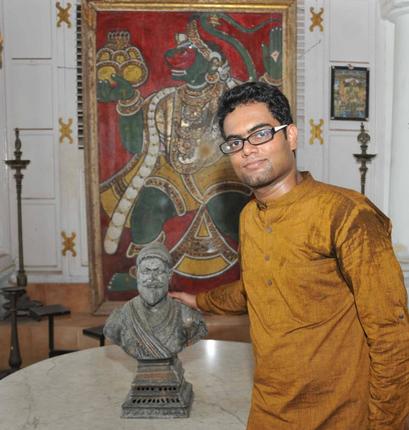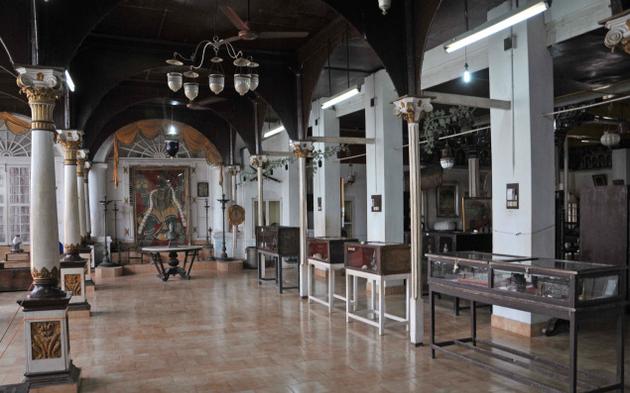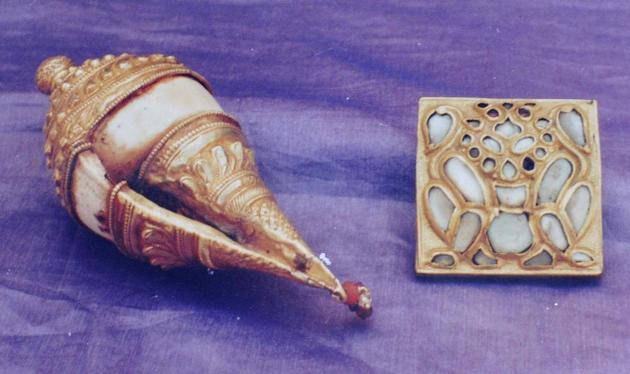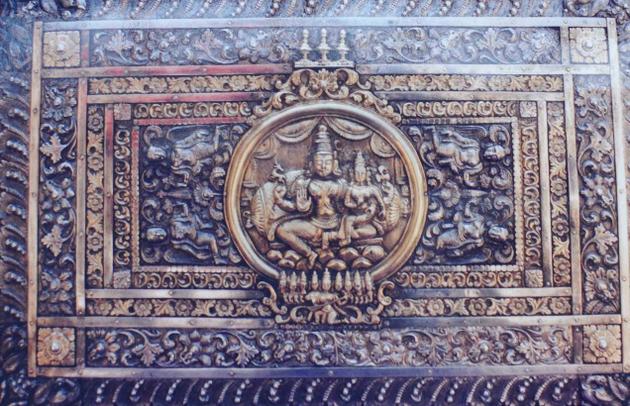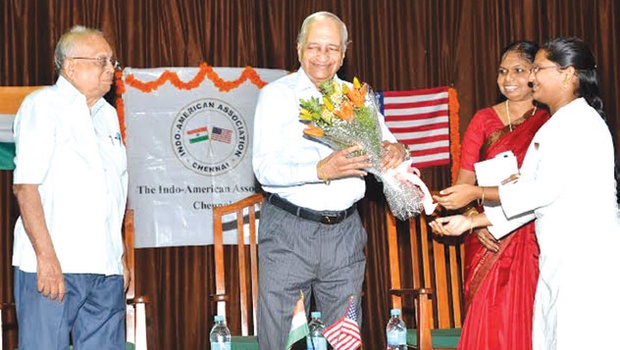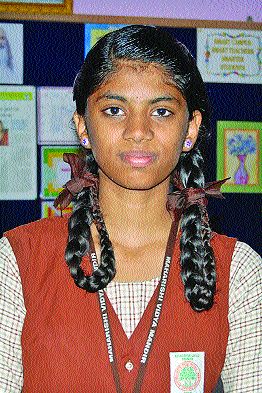Madurai :
Establishment of a student complex with dining hall, kitchen and laundry at a cost of Rs 3 crore; alumni guest house for Rs 2 crore; golden jubilee arch for Rs 1.9 crore; state-of-the-art research laboratory at Rs 3 crore and a department of biotechnology with advanced lab facility at a cost of Rs 15 crore are some of the highlights that have been proposed to mark the Golden Jubilee celebrations of the Agricultural College and Research Institute (AC&RI) in Madurai.
Announcing this at a press meet here on Thursday, K Ramasamy, vice-chancellor of Tamil Nadu Agricultural University (TNAU), to which the AC&RI is attached to, said the institution is gearing up to hold events all through the year. The golden jubilee year will commence with a colourful inauguration on August 19 with national and international seminars scheduled every month by the college’s 12 departments.
Ramasamy, said that it was a major milestone for the institute which has produced thousands of professionals. “The institution has gained a place of eminence in the state spreading technical education to unreachable areas and at the same time bringing out thousands of professionals,” he mentioned.
The agricultural college in Madurai was second institution after the one in Coimbatore which was later converted into TNAU. The college in Madurai played a very crucial role in its early stages empowering farmers of Tirunelveli to manage the Tamirabarani river, which till date remains the only river where they control it along with the public works department. Later, it provided crucial technical expertise to farmers of Periyar ? Vaigai irrigation command area in the southern districts and developed number of crop varieties more suitable for this region.
The college also provided five paddy varieties, one blackgram variety, one kolingi (green fodder) variety along with a number of horticulture crops likes brinjal, snake gourd and bitter gourd, flowers like chrysanthemum and marigold. Krishi Vigyan Kendra of the college empowered farmers with its extension activities and many farmers from the region aided by its service rose to win number of awards, Ramasamy explained.
It was established as agricultural college on August 19, 1965 and inaugurated by then Chief Minister of State, S Bakthavatsalam
It was upgraded as Post Graduate Centre in 1969
It became constituent unit of Tamil Nadu Agricultural University since 1971
It was turned into research institute in 1980 with major disciplines as agronomy, plant breeding and genetics and agricultural entomology
Spread over 154 hectares, it was one of biggest campus next to Coimbatore
The institute produced 3142 under graduates, 1536 post graduates and 617 research scholars in this 50 years
Alumni of college include 12 IAS officers, 12 IPS officers, 14 IFS (Forest) officers, 10 IRS (Revenue) Officers, 3 IFS (Foreign Service) and one from Indian Railway Service
Sanila Velikeloth of Organisation for the Prohibition of Chemical Weapons who was awarded Nobel Peace Prize 2013 was alumnus of AC & RI, Madurai
Several alumni work as scientists in Indian Council of Agricultural Research (ICAR)
source: http://www.timesofindia.indiatimes.com / The Times of India / Home> City> Madurai / TNN / August 15th, 2014

